Overview
This 16 – day tour in Tibet allows you to: visit cultural landmarks in Lhasa; admire the view of Yamdrok Lake and Karola Glacier; reach Everest Base Camp; venture into Ngari to pay homage to Mount Kailash and Lake Manasarovar and embark on a kora hike; explore the ruins of the Guge Kingdom; and return to Lhasa via Shigatse. It combines culture and natural scenery.
Highlights
- Visit religious buildings, traditional handicraft centers, and monasteries in Lhasa to immerse in Tibetan culture.
- Admire Yamdrok Lake, glaciers, Mount Everest, as well as Mount Kailash and Lake Manasarovar, and enjoy diverse high - altitude scenery.
- Take part in the kora hike around Mount Kailash and experience the blend of nature and religion while challenging oneself.
- Step into the ruins of the Guge Kingdom and unveil the vicissitudes of the mysterious ancient civilization.
Itinerary
Upon your arrival at Lhasa airport, your guide will greet you and escort you to your hotel and help you check in. You will have the rest of the day and evening to rest and relax to become acclimatized the high altitude of Tibet.
【Notice】
Pick up/drop off: Foreign and Taiwanese travelers need a tour guide to pick up/drop off according to the regulations of the Tourism Administration. Chinese traveler without foreign partner will pick up/drop off by local professional Transfer Center. Our staff/guide will contact you in advance, please ensure that your mobile phone is unobstructed.
Altitude sickness:With its much higher elevation, some visitors may experience symptoms of altitude sickness. We recommend taking everything slowly, getting plenty of rest the first day and staying very well hydrated by drinking plenty of water to minimize the effects of the high altitude. Usually, you will be fine by the second day, but if you do experience severe and/or worsening symptoms, please contact your guide or a member of our staff immediately
【Traditional Handicraft Art center】
Today we will take you to fully immerse yourself in experiencing traditional Tibetan handcraft Center, including making Tibetan incense, woodblock printing and learning about the Tibetan language.
While learning about how the refreshing Tibetan incense is made, you can also participate in making it with your own hands, which is of quite different significance from the purchased Tibetan incense. Knowledgeable teachers will introduce to you the origin of the Tibetan language and help you write Tibetan blessings or your own Tibetan name. Meanwhile, you can also experience the traditional woodblock printing. The incense, printed words and Tibetan calligraphy can all be taken home as souvenirs.
【Sera Monastery】
The monks’ debate is held in the courtyard almost every Monday to Saturday between 3:00pm and 5:30pm. Please note that in case of some special monastery activities such as the Dharma Meeting or the reception of VIPs, the monks’ debate may be canceled that day. After our visit to the monastery, feel free to stroll around the streets of Lhasa as you absorb the atmosphere and spirit of the devoted Tibetan people, or you may return to your hotel to rest and relax from this wonderful Tibetan cultural experience.
Initially built in 641 AD and listed as a world heritage site in 1994, the Potala Palace is the most popular tourist attraction in Tibet. The halls, murals, statues and mountain views will make you shocked even if you are not a Buddhist.
The Jokhang Temple is the final destination for pilgrims. A statue of the 12-year-old Sakyamuni, who lived in India in the fifth century BC, and who was the creator of Buddhism, is collected in the monastery. This is the reason why Buddhists consider Lhasa a Sacred Land.
Located near the Jokhang Monastery, the Barkhor Street was only a place for Buddhists to do a religious circumambulation in ancient times. Nowadays, tourists can buy exquisite souvenirs on the street, such as handicrafts, costumes, tea, prayer wheels and Tibetan incense.
1 free meal: Tibetan or Nepalese specialty dishes
This morning we’ll take a drive up to the Kampala Pass (elevation 4797 meters) where you’ll have a glimpse of 【Yamdrok Lake】down below as well as spectacular views of the holy Mount Nyenchen Khangsar in the distance. You will want to have your camera at the ready for the turquoise waters of Yamdrok Lake, which is one of the three holy lakes of Tibet, and the beautiful Mt. Nyenchen Khangsar glacier as seen from the Karol la Pass. Later on we’ll be able to visit the【Karola Glacier】and【Kumbum Monastery】
【Notice】
Foreign travelers who will visit Mt. Everest also need to apply Aliens’ Travel Permit in Shigatse. The tour guide may adjust the itinerary according to the travel permit application status. Please follow guide’s arrangements.
Please expect for a long queue time for the travel permit application during peak seasons due to system failure or a sudden increase in the number of applicants.
After breakfast we’ll set out towards the peak of the world – Mount Everest. Departing from Shigatse you will see some of the most beautiful and unique scenery in the world – incredibly blue skies, floating high clouds, endless grasslands and the highest mountain peaks in the world. We’ll also stop by the【Rongbuk Monastery】– the world’s highest altitude monastery before spending the night at the【Everest Base Camp】.
【Notice】
Tibetan Tent or guesthouse (8-15 pax/tent, multi-beds room, public bathroom). Every year due to cold weather, the tents will be evacuated from the Everest Base Camp, travelers will stay in Basongcun/Tashizongcun guesthouse instead(multi-beds room with public bathroom)
Today the accommodation is poor, the altitude is high, and the temperature is low. Please pay attention to keep warm and prevent altitude sickness. The temperature is about 0-8 degrees in summer night, so please bring down jackets, or rent one in the Base Camp
Today we will drive the old Tingri Road to Saga County, with views of Mount Everest and Mount Shishapangma (elevation 8012 meters), which was the last of the world’s 8000-meter peaks to be climbed. The road conditions get rougher from the old Tingri Road as it runs parallel to the to the Himalayan mountain ranges and the Nepalese sides known as the Anapurna Ranges. The main road passes through the desolate plains of Digur Tang, with its enormous sand dunes contrasting with the neighboring snow peaks of Shishapangma and Langtang to the south. As we leave the Bum-chu basin, we will descend into the relatively lower elevations of the【Pelkhu-tso】(elevation 4600 meters), a cobalt blue lake. After checking out the lake, we’ll drive the additional 69 kilometers on to Saga County and spend the night in the small town of Saga.
On this 7th day we will drive to Drongpa County, which was founded around the bountiful resources of the Brahmaputra River. We will make a stop in a small village along the main road that consists of only a few basic guesthouses, restaurants and a small monastery known as “Old Drongpa”. Scattered around the monastery you will be able to observe a pile of yak heads that are carved with “sutras” and “mantras”. New Drongpa is another small town with a few shops, hotels and restaurants located about 25 kilometers from Old Drongpa monastery. We will continue on to the Baryang Township (elevation 4750 meters) and drive around【Lake Manasarovar】 before reaching our final destination for the day, Darchen, where we will spend the night.
In the early morning, you will take environmental vehicle from Darchen to Prayer’s Square and get ready for your trekking. There are yaks and horses in the valley, you may have an opportunity to pay for a ride experience or hire a local porter, who will carry the luggage for your convenience. Take a deep breath, you will start your trekking and measure this pure land with your feet in person.
Along the valley, blue sky and snow-capped mountains accompany with you along the way. A river winds through the valley and you will enjoy the miracle of the great nature in an authentic way. You will unveil the western and northern side of Mt. Kailash with the clouds. During your trekking, you may encounter the peak of Mt. Kailash in unique perspective and have a deep understanding of this sacred land. After about 14km Trekking, the dancing prayer flags are welcoming your arrival at Driapuk. You will fall asleep with a devotion to your faith and a heart of awe to the great nature.
【Notice】
The tour fee does not include horse riding, yak riding and hiring yak or porter transportation costs. If necessary, tourists need to pay additional fees
The local food and accommodation conditions are poor during trekking. We will arrange local guesthouse for 2 nights for the kora days (multi-beds room, public toilet, one person per bed)
After a good sleep, you are full of energy to start a new day of challenge! Today, we will pass by the highest point on this trekking route, Dolma-la Pass (5,650m). The colorful prayer flags are flying in the breeze and a lake is at the foot of the valley, named “Mercy Lake”, which looks like a transparent white jade embedded in the mountains. After passing Dolma-la Pass, you will go down the mountain and spend a night at Dzultripuk today.
On your way to Dzultripuk, you may encounter with many devout Tibetans worship in obeisance. The rolling mountain rocks making the way more difficult. The so-called Kora routes are the trace that the Tibetans worshipped with their body and feet on the snow and gravel road. Time after time, the road to the sacred spirit world is tough. You can take your time and have a cup of tea and get ready for starting the trip again.
On the 3rd day of trekking, with the decrease of the altitude, the surrounding colors gradually changed from snow-white to emerald green, and you may see the small animals among the shrubs are lively. Besides the animals, you will see piles of Mani Stones, stacked among the snowy mountain and grassland, like monks concentrating on prayer. After finishing the last 6.6 km, you will arrive at the finishing point of the trekking route in the noon. You may feel tired and exhausted then, and you can take the environment car back to Darchen. You will have a lunch and get ready for your departure to Zanda in the afternoon.
We will visit the ruins of the ancient【Guge Kingdom】and the【Torling Monastery】. Located in the Ngar Region of Tibet, the ruins of the Guge Kingdom were once an imperial estate that fell into disrepair after the civil war revolt and the invasion of the 8 Allied Forces of foreign countries that destroyed the once prosperous state. Luckily the legendary kingdom has not been totally lost as much can still be learned from what remains of it.
And after that,you will see the magnificent Zanda【Earth Forest】. Entering into Zanda county, the earth forest standing on both sides of Elephant Spring River winds over more than five kilometers. The earth is like warriors defending the mountaintop, some like thousands of horses galloping, and some like devout followers of a religion nurturing themselves, standing there quietly. From different angles, you can see wonderful scenery.
The earth forest in geology is known as “the Level Terrane Physiognomy,” formed by erosion, where the sediment of lakes and rivers, mainly composed by sandstone and earth, have formed into various shapes. The Level Terrane has developed upright qualities, and the valley is deep.
Today we will drive through the windswept territory of rural Tibet, passing through numerous small villages as well as camps of yak and sheepherders on our way back to Saga. With all of the beautiful scenery surrounding us, we will have plenty of opportunities to stop and take photos if you like.
Drive from Saga to Sakya and enjoy the scenery on the way. You will spend a night at Sakya
【Notice】: Line F1 (16 days Ali tour back to Lhasa) and Line F2 (13 days Ali tour to Nepal) will be together. If there are tourists of Line F2, the itinerary will be adjusted as: Saga→Gyirong Valley→Gyirong
Drive from Saga to Gyirong, which is called the back garden of Sino-Nepal Border, where you can experience the local villages influenced by the Nepali Culture. On your way to Gyirong, you may encounter the snow-capped mountains at the border, the green forest, valleys and waterfalls. All the clients will go to Gyirong border and enjoy the valleys and suspension bridge on the way. Then, we will say goodbye to the clients who will pass the border and spend our night at Gyirong Town.
Sakya Monastery is a monastery of the Sakya sect of Tibetan Buddhism and the main temple of the Sakya sect. It was listed as a national key cultural relic protection list by the State Council in 1961. Sakya is divided into the North Temple and the South Temple. The wall of scriptures located behind the main hall contains tens of thousands of books, an astonishing number, and is very well protected in Sakya Monastery. At the same time, Sakya Temple also has more than 3,000 exquisite murals, with themes ranging from religion, history, culture and social life.
【Notice】: Line F1 (16 days Ali tour back to Lhasa) and Line F2 (13 days Ali tour to Nepal) will be together. If there are tourists of Line F2, the itinerary will be adjusted as: Gyirong→Sakya Monastery→Sakya
Tashi Lhunpo Monastery, the seat of Tibet’s second highest incarnation-the Panchen Lama. The immense complex is a rambling warren of chapels, shrines, and halls linked by mysterious alleyways and steep staircases. At the center of the monastery is a courtyard that was used as a theater for religious dances. Just off the great courtyard in Tashi Lhunpo’s main hall, where, like the explorer Sven Hedin, we may hear “the monks…intone a chant…enthralling, mystical, full of yearning…soothing as a cradle, intoxicating as wine, and sedative as morphia.” We’ll visit this dark and evocative chamber and its many side altars, as well as a distinctive red building called the Jamkhang Chenmo, which houses a massive yet lyrical 90-foot tall statue of Maitreya, the Future Buddha, built in 1914 by the Ninth Panchen Lama while Europe was madly at war.
【Notice】
Please note we will arrange you to take train or tourist vehicle back to Lhasa from Shigatse according to conditions. No designation will be acceptable.
Today you will have free time until your tour guide escorts you to the Lhasa train station or airport for your departing train or flight from Lhasa. This will end your tour services in Tibet.
Cost
The Cost Includes
- Professional licensed English-speaking local guide
- Tourist Vehicle: 7-23seats (If it’s less than 4 travelers doing Lhasa city tour, we will let tour guide to take a taxi instead. Taxi fee will be at the tour guide expense.)
- Hotel accommodation with breakfasts (3-star standard)
- Meals: Breakfasts plus featured meals - Tibetan welcome banquet in Lhasa & The world’s highest altitude hot pot experience at EBC (if you take the tour to EBC).
- Admission tickets, activities listed in the itinerary
- Tibet Permits: Tibet Entry Permit, Alien Travel Permit, Border Pass, etc.
- Pick up and Drop off Service: The pick up and drop off service are free from 7:00am to 22:00pm on the pick up and drop off date.
- Oxygen and Water: A container of Oxygen per person for emergency use; 2 bottles of drinking water per person per day (300ml); 4L Medical oxygen cylinder with car
- Our service from tour planning, handling, operational and finishing your trip
The Cost Excludes
- International airfares
- Entry Visa fees
- Personal expenses
- Single Room Supplement
- Recommended optional activities
- Arrival/departure flights or train on the first and last day
- Tips or gratuities for guides and drivers
Frequently Asked Questions (FAQs)
All foreign tourists are required to obtain a Tibet Travel Permit to travel to Tibet. This permit can only be applied for through a registered travel agency in Tibet (we are a local travel agency in Tibet with our office in Lhasa), and is required to purchase an air or train ticket to Tibet. The permit is necessary to enter Tibet and visit certain areas in the region, including Lhasa and Everest Base Camp. Travelers should plan ahead and allow enough time for the permit application process, as it may take one to two weeks to obtain the necessary permits.
The best time to visit Tibet is from April to October every year, which is the spring, summer and autumn seasons. The climate at this time is mild and dry, with clear skies and comfortable temperatures.
The peak tourist season is from late June to early October. However, visiting in the shoulder seasons of April to May and mid-October to November will have fewer crowds and lower prices. You can decide the best time to come to Tibet and fulfill your Tibetan dream.
In addition to weather conditions, there are also some grand festivals such as Saga Dawa Festival (May/June), Tibetan New Year (February) and Shoton Festival (August). If you are interested in cultural experiences in Tibet, please feel free to contact our travel experts to meet your ideas and preferences.
Yes, it is recommended that visitors be in good physical condition when taking a trip to Tibet, as many tours involve hiking and trekking at high altitudes. The average altitude in Tibet is over 4,000 meters (13,000 feet), and some popular tourist destinations, such as Mount Everest and Mount Kailash, are even higher. Visitors with heart or lung disease, high blood pressure, or other medical conditions that may be affected by high altitudes should consult a doctor before traveling to Tibet.
With the average elevation of the region at over 4,000 meters, altitude sickness is a common concern for visitors to Tibet. Not everyone experiences altitude sickness when traveling to Tibet, and most visitors arrive in good condition.
Symptoms of altitude sickness include headaches, nausea, dizziness, and shortness of breath. It is important to allow time to acclimate to the high altitude and take precautions to prevent altitude sickness. Travelers should drink plenty of water, avoid alcohol and caffeine, and eat light foods rich in carbohydrates. It is also recommended to take it easy for the first few days, avoid strenuous activity, and allow time to acclimate to the new altitude after arriving in Lhasa. Some travelers may also take medication to prevent or treat altitude sickness.
If symptoms of altitude sickness persist or worsen, seek medical attention immediately. Many hotels and travel agencies in Tibet have oxygen supplies to help relieve symptoms of altitude sickness. Always consult a doctor before traveling to Tibet, especially if you have a history of heart or lung disease, high blood pressure, or other conditions that may be affected by high altitudes.
There are two main types of accommodation options for Tibet group tours: basic standard and comfortable. In large cities such as Lhasa, there are a variety of accommodation options, ranging from three-star to four-star hotels. In remote areas such as near Mount Everest or Mount Kailash, accommodation may be more basic, with simple guesthouses or tented camps. After booking, we will email you detailed hotel arrangements.
The most common way to travel to Tibet is by train or plane. The Qinghai-Tibet Railway is the highest railway in the world and offers stunning views of the Tibetan Plateau. There are also several flights to Lhasa Gonggar Airport from major Chinese cities such as Beijing, Shanghai, Chengdu and Xi’an. You will need a Tibet Permit to board the train or plane. We can help you book your Tibet train or flight to Lhasa and obtain a Tibet Permit.

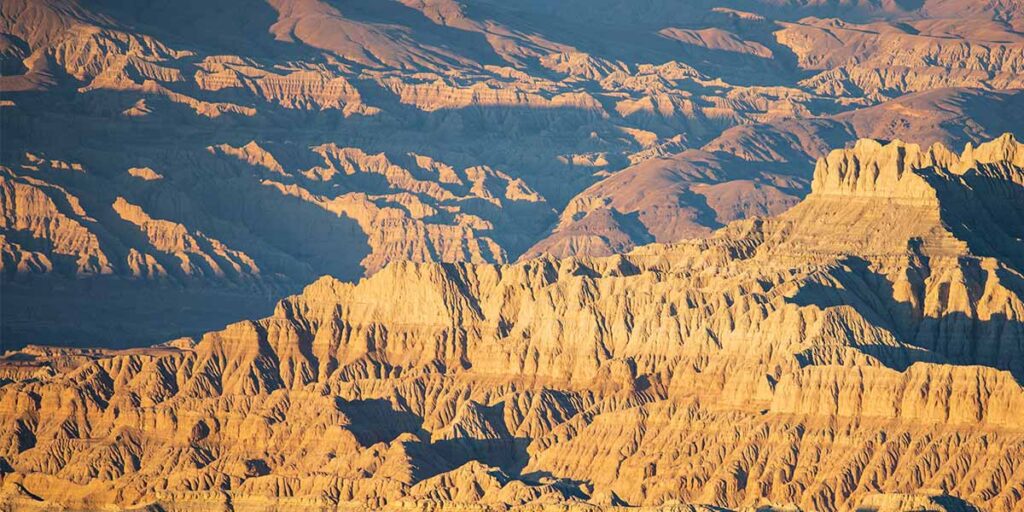
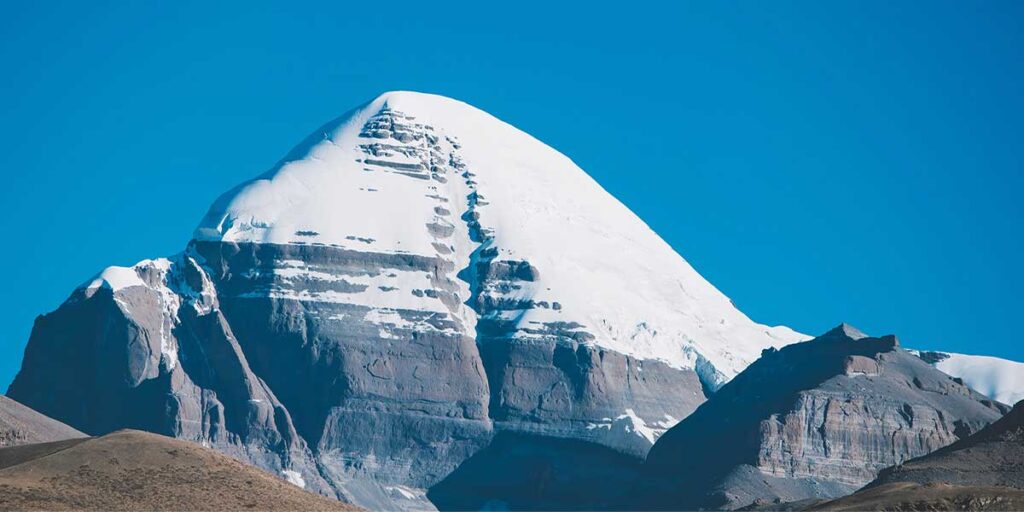
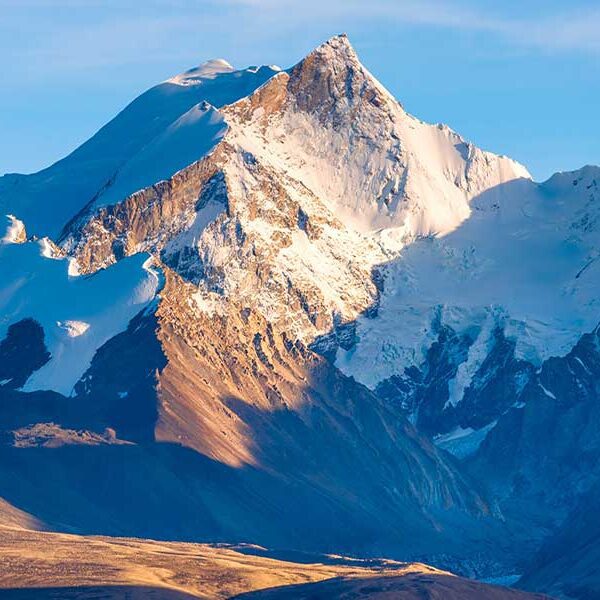
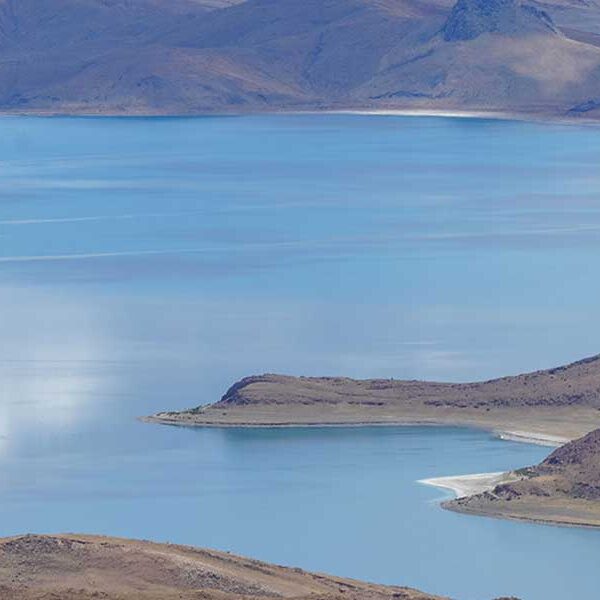
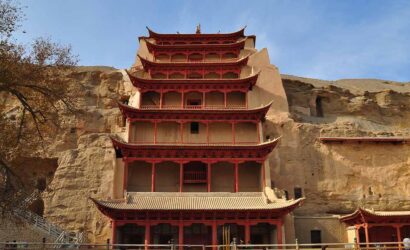
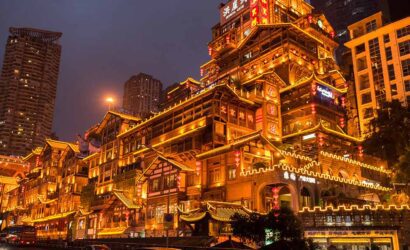

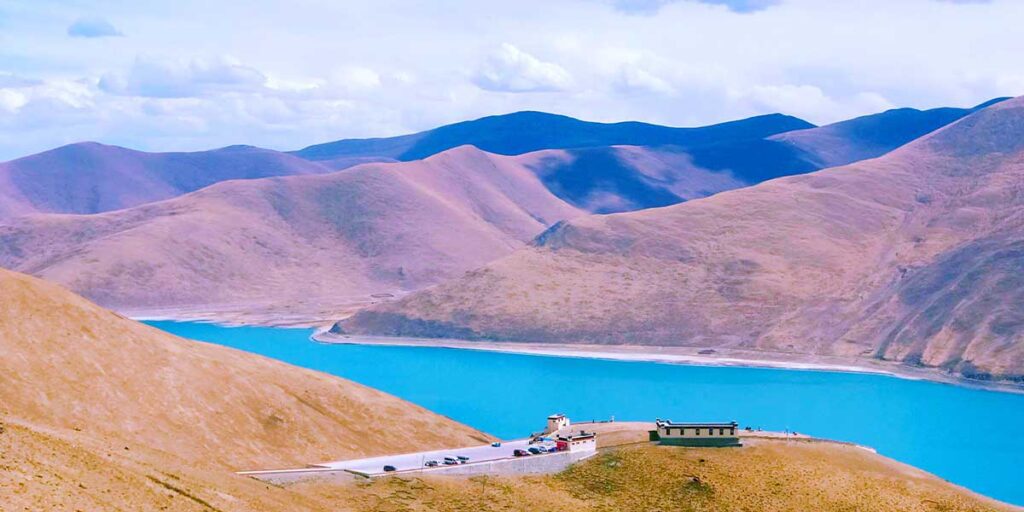
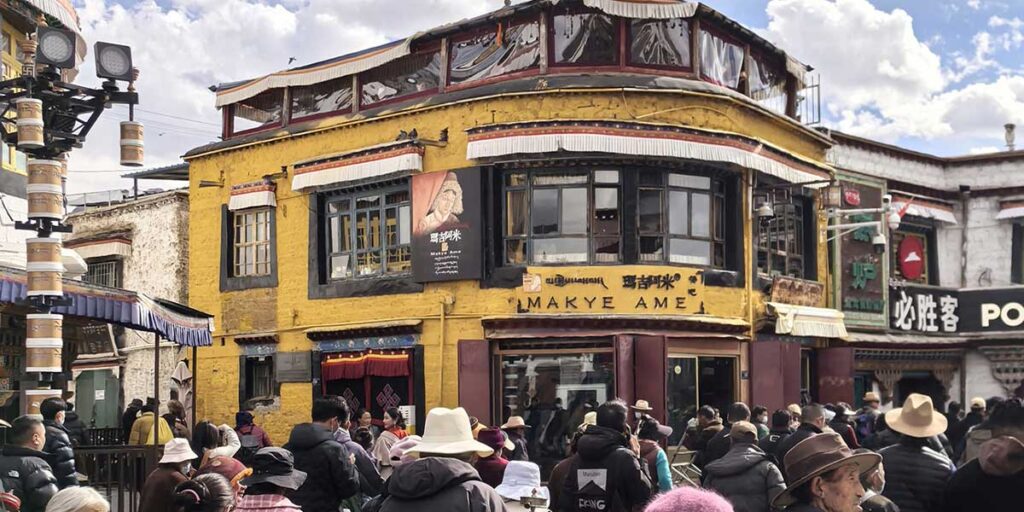
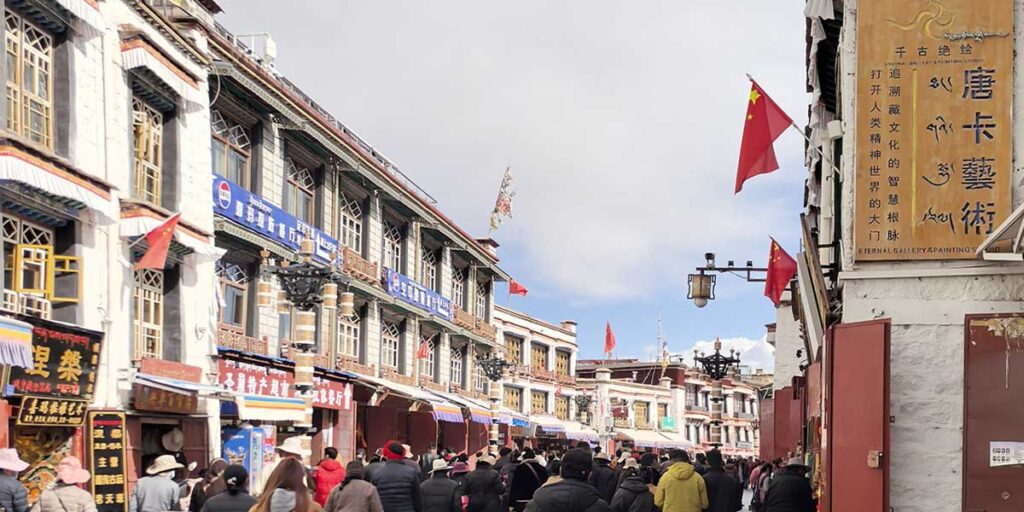
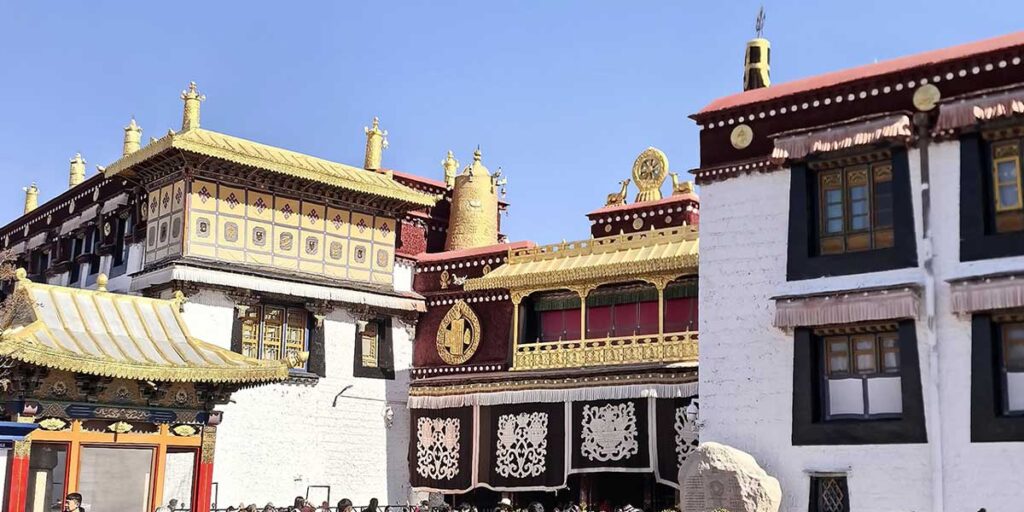
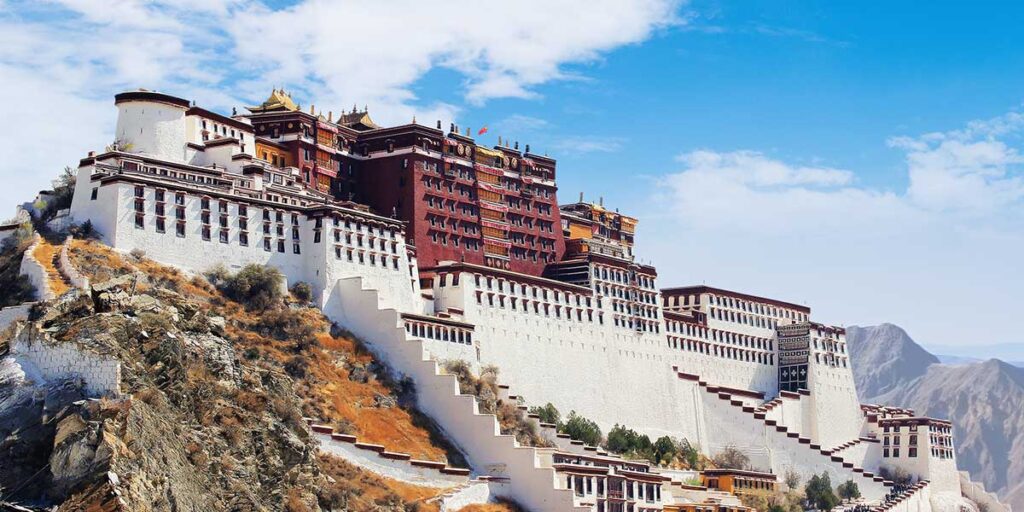
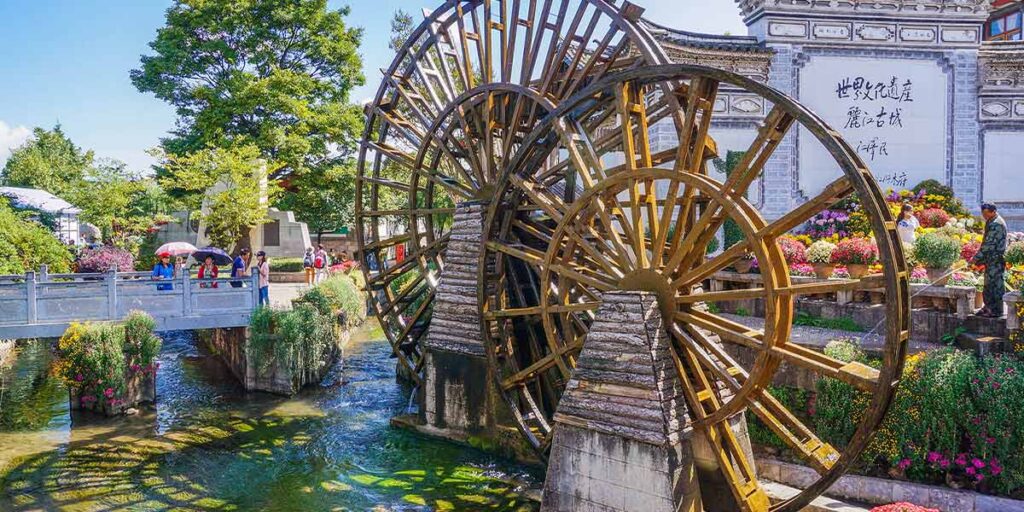
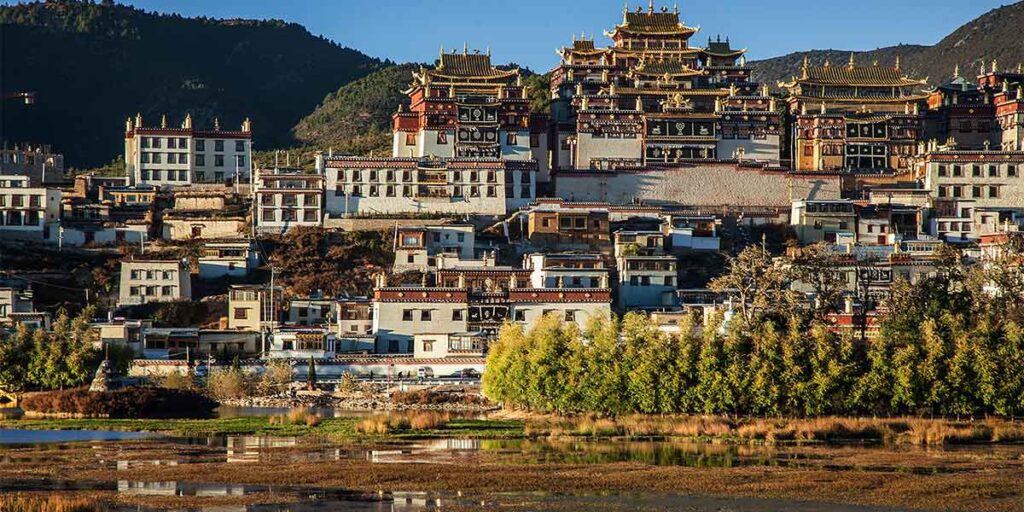
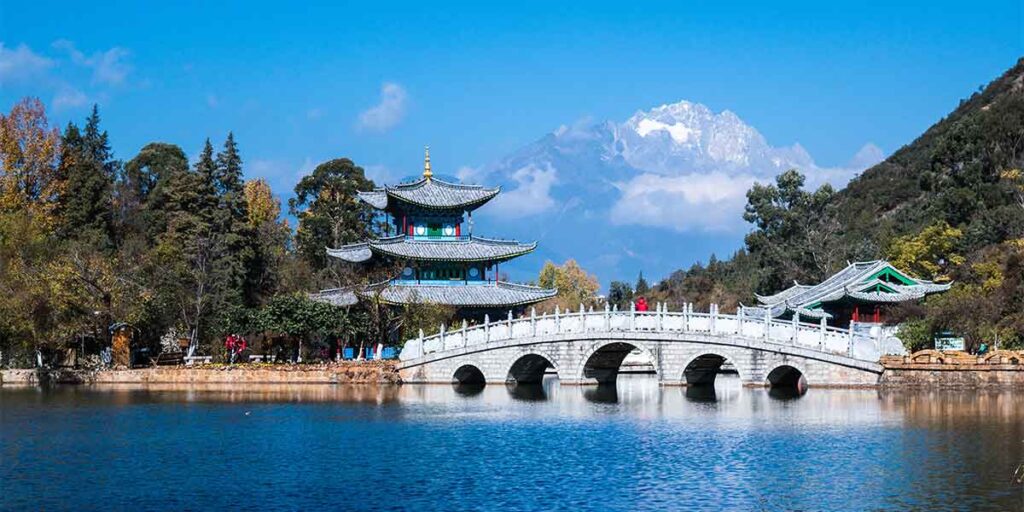
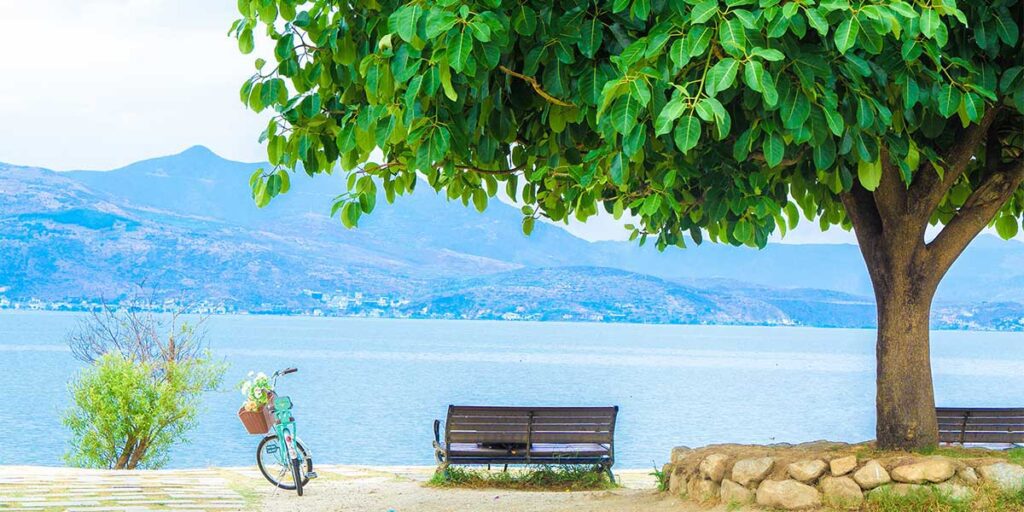
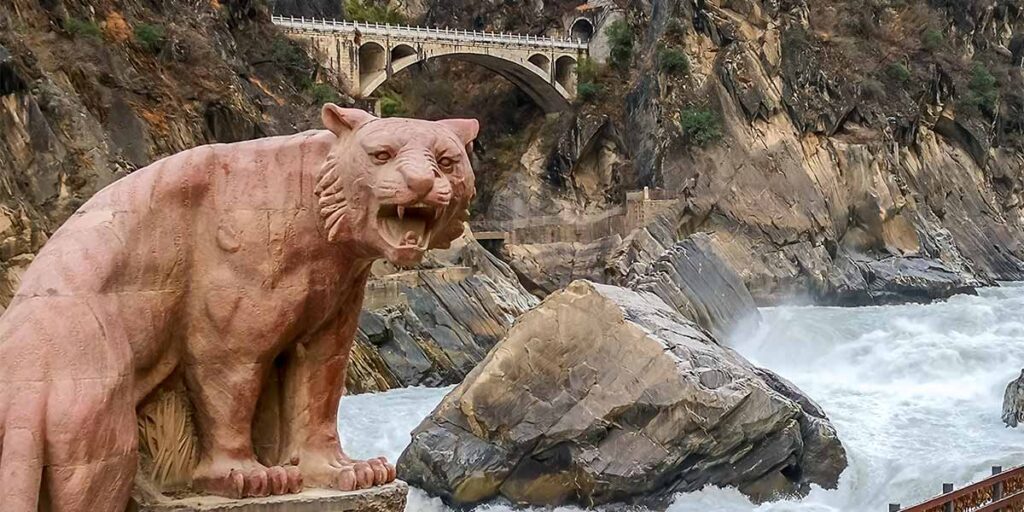

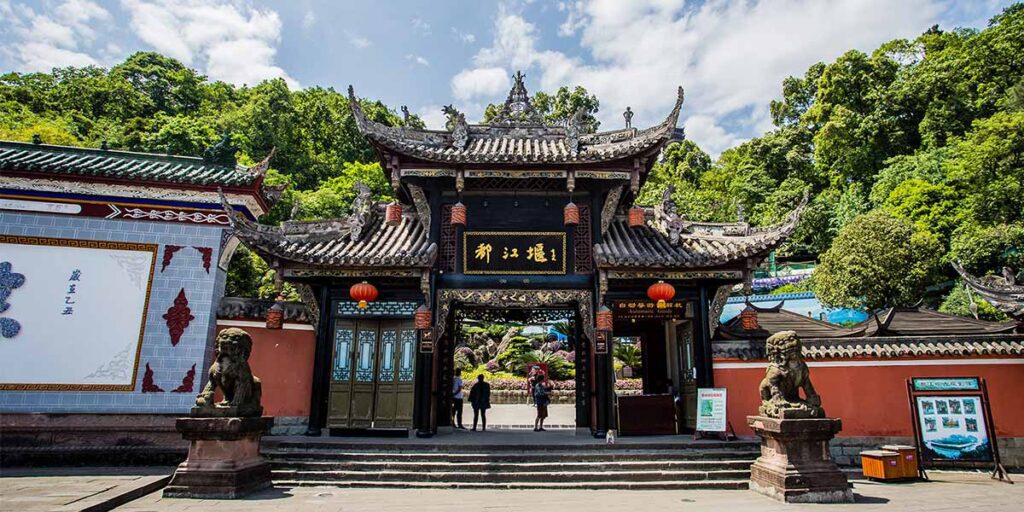

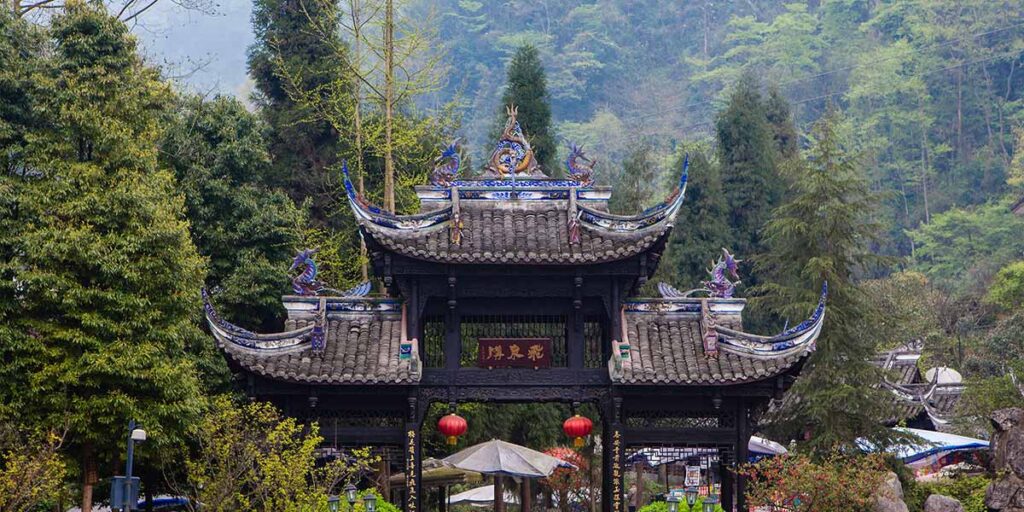
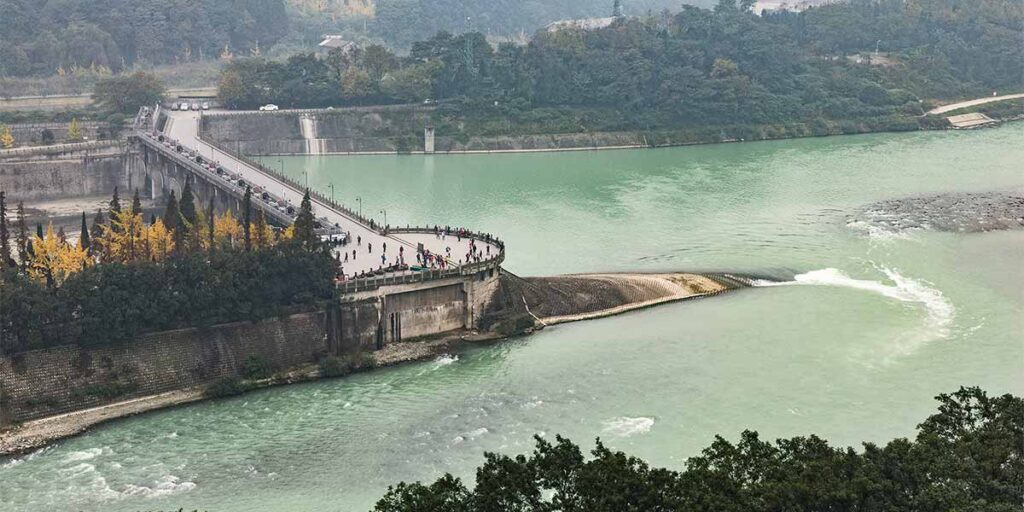
Write a Review